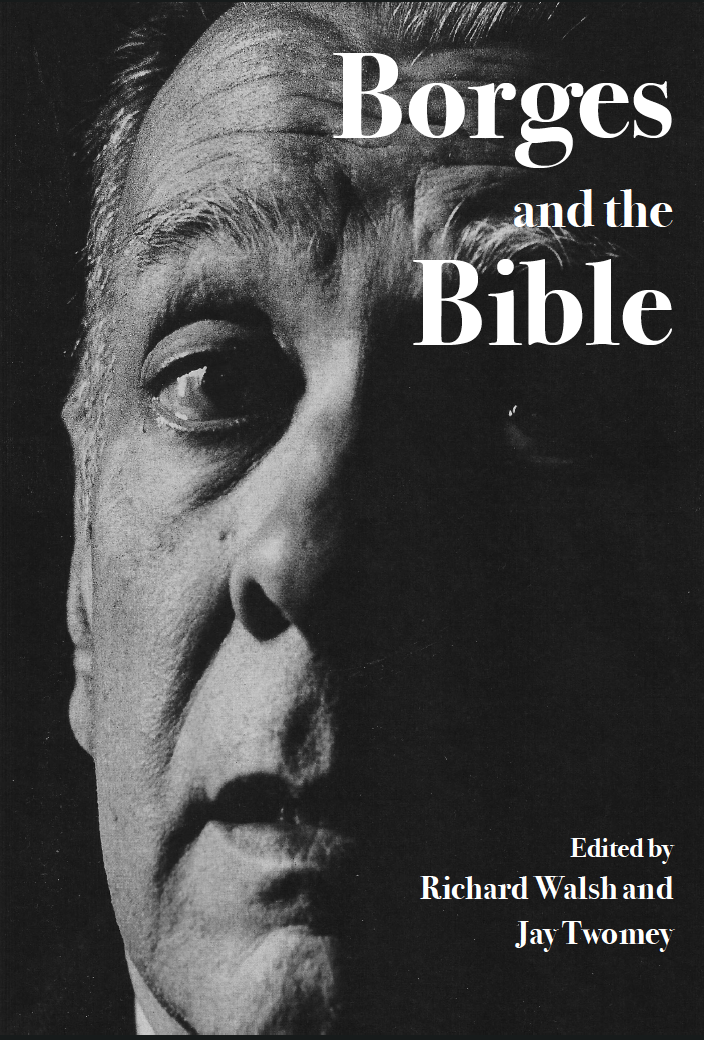Borges and the Bible
£50.00
Borgesian Bibles and scholarship are labyrinths, gardens of forking paths, unsettling and distorting mirrors. With Borges, biblical scholars come face to face with their finitude, obsession, fascination, ambivalence, and inevitable heresy vis-à-vis ta biblia.
Jorge Luis Borges is the darling of authors and critics who were once described as postmodern. Borges’s fictions assail the boundaries between text, world and self. In one sense, the fictions are mere rhetorical games, puzzles, or ‘tricks’, which disrupt communication (and interpretation), but they also suggest —at least to some —metaphysical uncertainties. To read them is as if one read the fictions of Hume or the Buddha.
Most of the literary and biblical scholars in this volume pair the Bible and its scholarship with one or more of Borges’s short fictions (particularly those first collected in English in Ficciones ), but some venture into Borges’s essays, poetry, and his life story (as he and others have told it). As to Bibles, some essayists focus on particular texts from the Hebrew Bible (like Genesis, Samuel, Kings or Job) or the Christian New Testament (like Mark, 2 Corinthians, or Revelation), while others engage traditions of interpretation like Gnosticism, the Kabbalah or academic biblical scholarship. Several focus on canon, translation, the craft of fiction, religion or hermeneutics as a way of thinking about Borges and the Bible.
With Borges, interpretation is ubiquitous. Whether consciously fictionalizing or not, all (biblical) interpretation transforms its precursor. All (biblical) interpretation becomes a play with secrecy and revelation. Borgesian Bibles and scholarship are labyrinths, gardens of forking paths, unsettling and distorting mirrors. With Borges, biblical scholars come face to face with their finitude, obsession, fascination, ambivalence, and inevitable heresy vis-à-vis ta biblia.
Additional information
| table of contents | Introduction: Borgesian Bibles and Scholars Jay Twomey and Richard Walsh Part 1: Borges and the Jewish Bible Borges and the Whale, or, Borges and the Canon of Hebrew Literature Edna Aizenberg Surpassing (the Love of) Women: Homosociality, Homosexuality, and the ‘Sacrifice’ of Women in Borges and the Bible P.J. Sabo The Eldritch Scroll: Fantasies of the Found Book in Borges, Lovecraft, and 2 Kings Rhiannon Graybill Reader, Author, Character: A Confusion of Roles in the Borgesian Book of Job Abigail Pelham The Artifice of Borges’s Narrators Jennifer Rohrer-Walsh Borges and Kabbalistic Infinity: Ein sof and the Holy Book Shlomy Mualem Religious Resonances in Borges’s Fiction Evelyn Fishburn Part 2: Borges and the Christian New Testament Tlön, Uqbar, Orbis tertius and Q: The Psychological and Scholarly Labyrinths of Books Which Don't Exist Robert Seesengood Reading Borges Re-writing Mark’s Gospel in Light of Seeing Arcand Re-viewing Jesus of Nazareth Elizabeth Struthers Malbon Borges and Gnosticism: God Atones for (Having Created) Humanity in Borges’s “Three Versions of Judas” Mac Williams The Garden of Unificating Paths Jay Twomey Adam and Christ: From Garden to Labyrinth Gonzalo Salvador Books to Come: The Book of Sand and the Book of Revelation Hannah Strømmen With Borges in the New Jerusalem Tina Pippin Part 3: Borges and Biblical Afterlives The [Secret of the] Gospel according to Mark Richard Walsh The Book of Desire George Aichele The Egg and the Peacock: Willis Barnstone’s The Restored New Testament and the Idea of a Borgesian Bible Hugh Pyper Borges’s God, Jonathan Meades’s Precursor James Crossley The Afterlife of Borges as a Component in the Afterlife of the Bible Anthony Swindell |
|---|---|
| author | |
| authors | |
| editors | |
| isbn | |
| list price (paperback) | |
| page extent | |
| publication | |
| publication date | |
| series | |
| table of contenta | |
| version |


Reviews
There are no reviews yet.